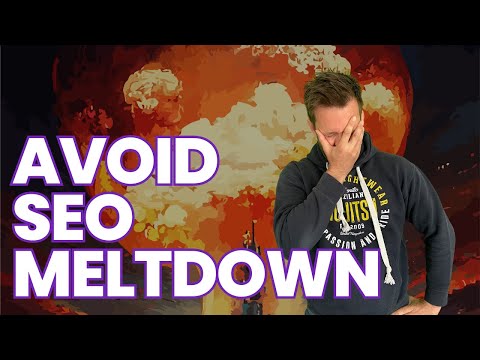7 Effective Strategies to Manage Ranking Drops Post Redesign

Redesigning your website can be an exciting endeavor. It’s an opportunity to refresh your brand, improve user experience, and stay current with design trends. However, one common challenge that many website owners face after a redesign is a drop in search engine rankings. If you’ve recently revamped your site and noticed a decline in your ranking on search engine results pages (SERPs), don’t panic! There are several strategies you can implement to manage ranking drops post-redesign effectively.
1. Conduct a Comprehensive SEO Audit
The first step in addressing ranking drops post-redesign is to conduct a thorough SEO audit of your website. This audit should assess on-page factors such as meta tags, keywords, and content quality, as well as technical aspects like site speed, mobile-friendliness, and crawlability. Identify any issues that may have arisen during the redesign process and prioritize addressing them to improve your site’s overall SEO health.
2. Monitor and Analyze Website Traffic and Rankings
Keep a close eye on your website traffic and rankings in the days and weeks following the redesign. Use tools like Google Analytics and Google Search Console to track changes in organic traffic, keyword rankings, and user behavior. By monitoring these metrics, you can quickly identify any negative impacts from the redesign and take proactive measures to mitigate them.
3. Retain High-Performing Content and Backlinks
During a website redesign, it’s essential to preserve high-performing content and backlinks that contribute to your site’s SEO success. Ensure that all valuable content is retained and that any URLs that have changed are properly redirected using 301 redirects. By maintaining the integrity of your site’s top-performing assets, you can help safeguard your SEO rankings post-redesign.
4. Optimize New Content for SEO
If your redesign involved the creation of new content, take the time to optimize it for SEO. Conduct keyword research to identify relevant search terms and incorporate them strategically into your content. Ensure that new pages are properly structured with optimized meta tags, headings, and image alt text. By adhering to SEO best practices when creating new content, you can help boost its visibility and ranking potential.

5. Build Internal Links and Navigation
Internal linking is a crucial aspect of SEO that can help search engines understand the structure and hierarchy of your website. As part of your post-redesign strategy, focus on building internal links between related pages and improving site navigation. By creating a logical link structure, you can enhance the user experience and improve the crawlability of your site, which may positively impact your rankings.
6. Engage with Your Audience and Obtain Feedback
After a redesign, it’s important to engage with your audience and solicit feedback on the new look and feel of your website. Encourage users to share their thoughts through surveys, polls, or feedback forms. By listening to your audience’s opinions and incorporating their suggestions, you can make informed adjustments to your site that enhance user experience and potentially improve your SEO performance.
7. Implement a Robust Data-backed Strategy
Finally, develop a data-backed strategy for managing ranking drops post-redesign. Use insights from your SEO audit, website analytics, and user feedback to inform your decision-making process. Set specific goals and KPIs to measure the effectiveness of your post-redesign efforts and adjust your strategy as needed to achieve optimal results. By taking a systematic and data-driven approach, you can effectively navigate ranking drops and position your website for long-term success.
The Bottom Line
Successfully managing ranking drops post-redesign requires a combination of proactive measures, strategic optimization, and continuous monitoring. By following the strategies outlined above and staying vigilant in tracking your site’s performance, you can mitigate the impact of ranking drops and potentially improve your SEO rankings over time. Remember, SEO is an ongoing process, and staying adaptable and responsive to changes is key to maintaining and enhancing your website’s visibility in search engine results.



